So you're looking for a new piece of furniture to put your TV on, but all of a sudden you're overwhelmed by terminology like "media console" and "entertainment centre." Don't worry, you're not the only one. A lot of people use these words to mean the same thing, but there are some significant differences that can influence how your living room is set up, how much storage you have, and your style.
The U.S. home entertainment market will be worth more than $460 billion in 2024, so it's not surprising that there are so many different styles of furniture to support all that screen time. This guide will help you figure out what TV genuinely stands for, not just the tech.
What is a TV Stand?
A TV stand is a piece of furniture that holds your TV at a height that is easy to see. It usually has a low profile and some open storage or cabinet space for tiny things like remotes, consoles, or decorative items. The usual TV stand for articles is about 20 to 30 inches tall, which makes it a good choice for tiny rooms.
The goal is to hold the screen while also adding some elegance and storage. You aren't seeing things if you entered "what is a TV stand called?" and got 20 options. Some people call it a console table, entertainment shelf, or media cabinet, but they all serve the same basic purpose.
READ MORE: The Complete Guide to Different Types of TV Stands
Pros and Cons of a TV Stand
| Pros of a TV Stand | Cons of a TV Stand |
|---|---|
| Perfect for small rooms or simple, clean settings | Limited enclosed storage compared to larger options |
| Simple design, easy to move and assemble | May not suit bigger spaces or large families who want to hide clutter |
| Often includes cable management ports, drawers, or adjustable shelves | Less structured than modern media console tables, which may offer more organized spaces |
What is an Entertainment Center?
The big brother of the TV stand is the entertainment centre, which is also called a console entertainment centre. The TV is usually surrounded by a big piece of furniture or a full wall unit. Many of them have shelves on top, cabinets on the sides, and deep drawers.
Think of it as your media centre for everything. What is an entertainment centre most famous for? Room. A lot of it. It can hold everything from your collection of dusty DVDs to soundbars and cable boxes.
Pros and Cons of an Entertainment Center
| Pros of an Entertainment Center | Cons of an Entertainment Center |
|---|---|
| Provides a lot of storage space | Larger and more expensive |
| Great for organizing a media room setup | Can feel overwhelming in small homes or flats |
| Ideal for families, multiple devices, speakers, games, and decorations | Not always easy to assemble or move around |
Key Differences Between a TV Stand and Media Console
Here’s a simple breakdown to help you spot the differences quickly:
| Feature | Article TV Stand | Media Console |
|---|---|---|
| Size | Compact | Mid to Large |
| Storage | Minimal | Moderate to Ample |
| Design | Simple & Open | Enclosed & Stylish |
| Function | Basic screen support | Multi-device storage |
| Common Materials | Wood, MDF | Wood, glass, metal |
| Best For | Small rooms, minimal decor | Larger rooms, tech-heavy setups |
According to statistics, almost 52% of Americans now have more than one media device linked to their main TV. This makes media consoles more popular in homes with more complicated setups.
A TV Stand or a TV Entertainment Center – How to Choose
Let's look at this choice in terms of what actually counts.
Room Size
A smaller item TV console or TV stand without extra bulk can be a better match if your space is tight. Choose a full media cabinet in a modern style with shelves for bigger rooms.
Storage Needs
Are you hiding cables, gadgets or films? Pick a media centre. The conventional piece TV stand is perfect if you want to keep things simple.
Style Preferences
Do you like a Scandinavian, mid-century, or boho look? For that, there is a modern media console table or an athena media console. Want something that looks better? Stick with a TV stand that has a neutral look.
Budget
Wlive TV stands usually cost less. Consoles can be a good investment, especially statement pieces like the Anthropologie media console or high-end console media furniture.
Here’s a possible table comparing both options to help with the choice:
| Feature | Article TV Stand | Media Console |
|---|---|---|
| Size | Compact | Mid to Large |
| Storage | Minimal | Moderate to Ample |
| Design | Simple & Open | Enclosed & Stylish |
| Function | Basic screen support | Multi-device storage |
| Common Materials | Wood, MDF | Wood, glass, metal |
| Best For | Small rooms, minimal decor | Larger rooms, tech-heavy setups |
Still not sure what works for you? Check badly different styles at wlivehome.com bullet. We have a wide choice of elegant, cheap furniture, from little TV stands to full-featured media centres.
Can You Use Them Interchangeably?
Yes, in theory. You can put a TV on most media consoles, and you can even utilise a TV stand as a low media console table. But not every choice is right for every occasion. A 75-inch screen, for example, might be too much for a little piece TV stand, while a giant entertainment centre might seem silly with a 32-inch screen. The most important thing is to verify the size, weight support, and style. Balance is key, whether you're using a media console or an article TV console.
Frequently Asked Questions (FAQs)
What’s the difference between a TV stand and a media console?
A TV stand is smaller and has basic storage. A media console is bigger and usually has more enclosed shelves and enough for more than one device.
Can a media console be used as a TV stand?
Yes, as long as it can hold the weight and size of your TV. A lot of media consoles are made to be used with TVs.
Do I need a media console if I wall-mount my TV?
Not always, but it helps keep remotes, routers, speakers, and streaming gadgets organised.
Which is better for small spaces: TV stand or media console?
A TV stand is usually suitable for small spaces. Media consoles are bigger and take up more floor space.
What size TV can a media console hold?
It varies on the model. Always check the restrictions on weight and width. Some consoles are made to work with screens that are 85 inches or bigger.
What features should I look for in a media console or TV stand?
Look for cable management, adjustable shelves, durable materials, and a size that works for your TV and the space you have.
Conclusion
It's not about which is "better" when you have to choose between an item TV stand and a media console. It's all about finding the right fit for your house, your screen, and your life. A TV stand can be the best choice for you if you want something basic and adaptable.
A media console can be the better choice if you want to store things in a stylish way, have a sound system, or play games. You're making the environment where you'll relax, watch, laugh, or play games, so make it count.
To explore more curated options that match your room size, budget, and vibe, check out WliveHome.com and bring your entertainment space to life.

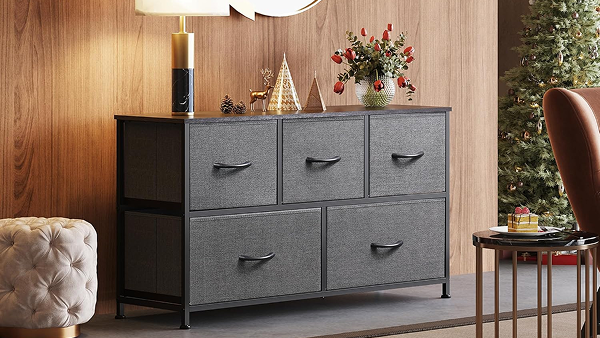
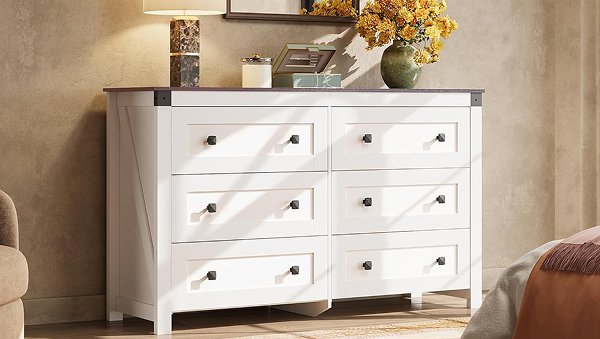
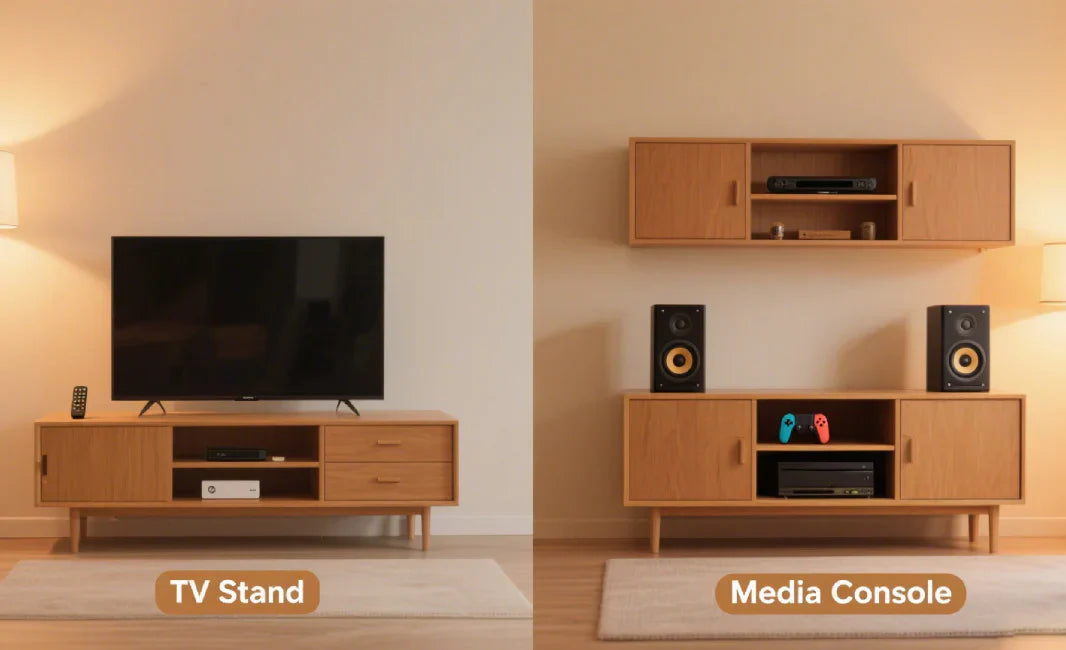
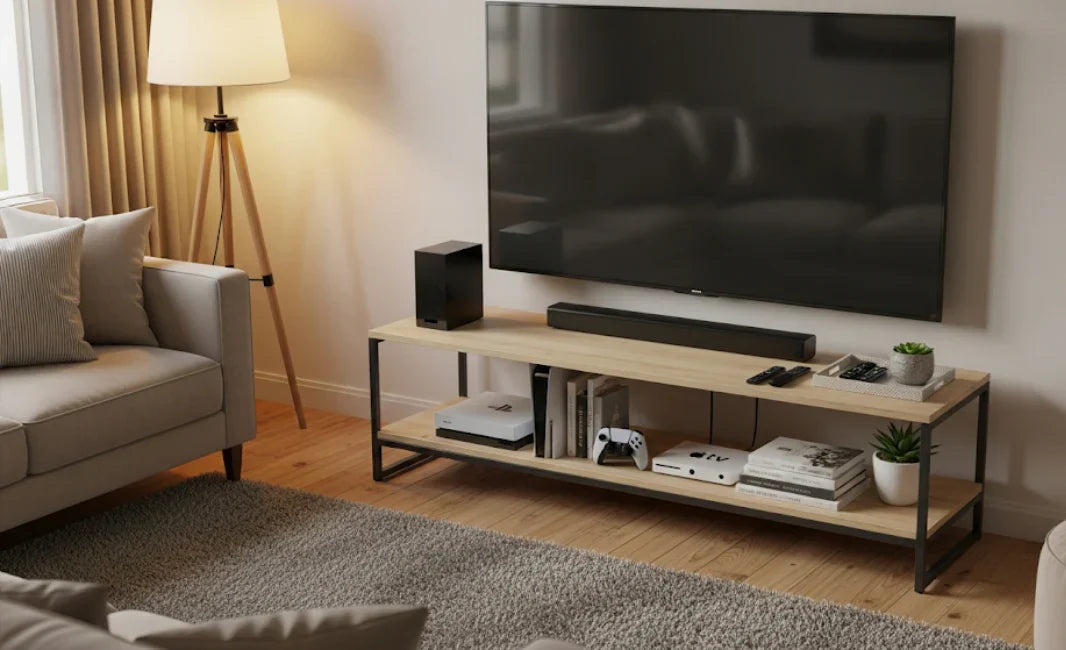
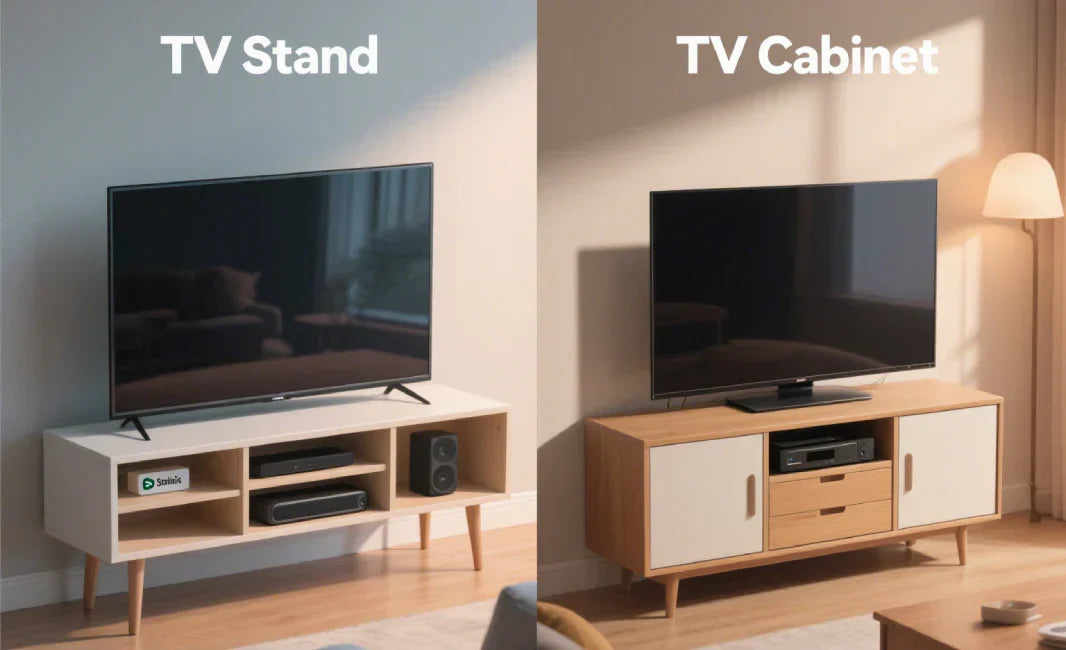
Leave a comment
All comments are moderated before being published.
This site is protected by hCaptcha and the hCaptcha Privacy Policy and Terms of Service apply.